The labor market continues to adapt to various economic, technological, and social factors as we close out the year. Figures fluctuate due to these factors, and understanding the context behind them is important in making hiring and broader business decisions.
It is important to note that labor figures and other key indicators are fluid; a lot has changed in the last few years. Economic changes at the local, national, and global levels often lead to quick shifts in labor and employment trends. The US Bureau of Labor Statistics recently released updated insights that provide a look into the current state of the workforce.
Unemployment Numbers
September saw the U.S. unemployment rate fall to 4.1%, down from earlier this year. This slight decline suggests some stabilization after a turbulent summer, though recovery remains uneven across industries. Despite recent shifts, we are still considered to be at full employment. The current rate is only slightly higher than pre-COVID levels, suggesting the start of a return to market conditions previously seen before March 2020.
While you may find job growth and increased response across specific fields and industries, it is important to understand that we’re not in the clear just yet. Inflationary pressures, economic conditions, and general uncertainty continue to impact the labor market in a big way. A focus on flexibility and adaptability, specifically in recruiting and retaining talent is critical in such an environment.
The Role of Flexibility in the Workforce
The participation rate within the workforce has been relatively stable, even as the job market continues to shift. Flexible working arrangements like remote/hybrid models and 4-day work weeks continue to play a significant role in keeping employees engaged while providing a distinct competitive advantage in the recruitment and retention processes. On a broader scale, these arrangements have helped to stabilize participation rates, allowing many employees to stay in the workforce.
As you look ahead, maintaining and enhancing your employee value proposition in terms of flexible working arrangements will be crucial in attracting and retaining top talent. Work-life balance continues to be at the forefront of employee motivators, especially in those highly competitive and fast-paced industries.
Job Growth
As of September 2024, 254,000 new jobs were added to the workforce, above the average that we’ve seen over the past three months- and well above the 203,000 new jobs per month average we’ve seen over the last 12 months. Construction and healthcare sectors continue to lead the field while industries such as leisure and hospitality experience a more difficult recovery to pre-COVID levels. Economic uncertainty with inflation, wage pressure, and market factors are impacting hiring decisions across the board.
These trends highlight the importance of strategic hiring, especially in current times. Sectors that rely on customer interaction, travel, or are highly technical face challenges of their own. In these sectors, additional investments in workforce planning, benchmarking, and compensation analysis are necessary to ensure a strong and competitive candidate pool.
Continuing Wage Growth
Wage growth remains slightly elevated, but is stabilizing as compared to the past few years of post-covid recovery. Wages grew 0.4% in September alone, with a year-over-year growth of 4.0%. Compared to the 4.5% average annual growth we’ve seen previously; this figure shows a slight decline from the rapid wage growth seen during and directly following the pandemic. Compensation pressures remain throughout, with technology and healthcare sectors feeling the impacts more than most.
To remain competitive, consider more than just base salary increases for your employees. Comprehensive benefits, flexible working environments, student loan repayment, and professional development opportunities are becoming increasingly critical in a tight labor market where candidates expect a full range of incentives.
Impact of the Recent Fed Rate Cut
The recent rate cut by the Federal Reserve is a big development impacting the broader economy and labor markets. Lower interest rates signal concern about inflation, and this change may help to stimulate economic growth and stabilization. For employers, especially those in industries sensitive to these rates, this change can provide increased flexibility for investments in employees.
While effects on hiring and job markets may vary by industry, the cut intends to ease financial pressures and stabilize inflationary costs. Employees feeling the impacts of inflation expect competitive compensation, and the rate adjustment will allow for some flexibility in that area. Lower interest rates support more business investments in growth, promoting hiring, retention, and long-term sustainability. By taking advantage of these conditions to get a jump on hiring, compensation analysis, or plans for increasing employee retention, you can proactively plan for the future.
Business Readiness
In today’s changing workplace, long-term business readiness revolves around an organization’s ability to attract and retain diverse talent from a wide range of skill sets. As employers and employees adapt to the changing workforce demands, broadening the hiring pool has become more important than ever.
Companies investing in flexibility, whether through remote working environments or valuable benefits for employees, are more likely to maintain a competitive advantage in hiring and retaining top talent. These strategies can be key to building an agile, productive, and motivated workforce.
A commitment to long-term success means a focus on broadening the candidate pool while focusing on the key behaviors critical to your company’s success. It isn’t just about meeting today’s needs but instead about ensuring business readiness for future challenges. Remaining competitive is challenging in a quickly changing environment; maintaining inclusive hiring practices is a great way to get ahead.
Looking Ahead
As the labor market evolves, adaptability will be key for organizations seeking long-term success. While economic recovery is moving forward, challenges like inflation and fluctuating consumer demand may disrupt certain sectors. Employers that maintain flexibility in hiring, compensation, and work arrangements will be best positioned to weather these changes and ensure their workforce remains productive, engaged, and loyal.
Now is a great time to get a jump on hiring, compensation reviews, and other investments toward a strong and sustainable workforce. The Workplace Advisors is here to guide you through the end of 2024 and beyond!
Nicholas Ritchie, Recruiting Coordinator, The Workplace Advisors






